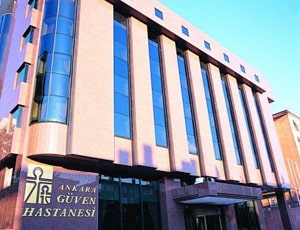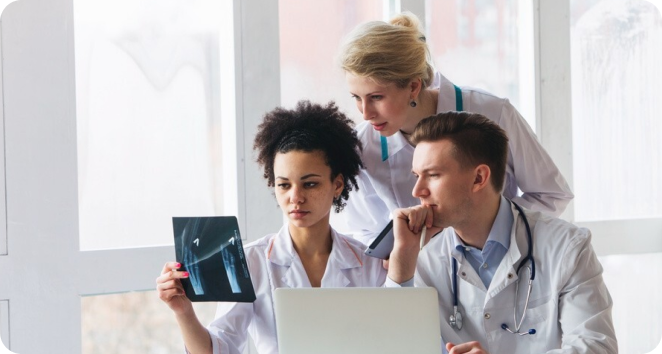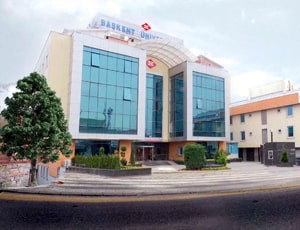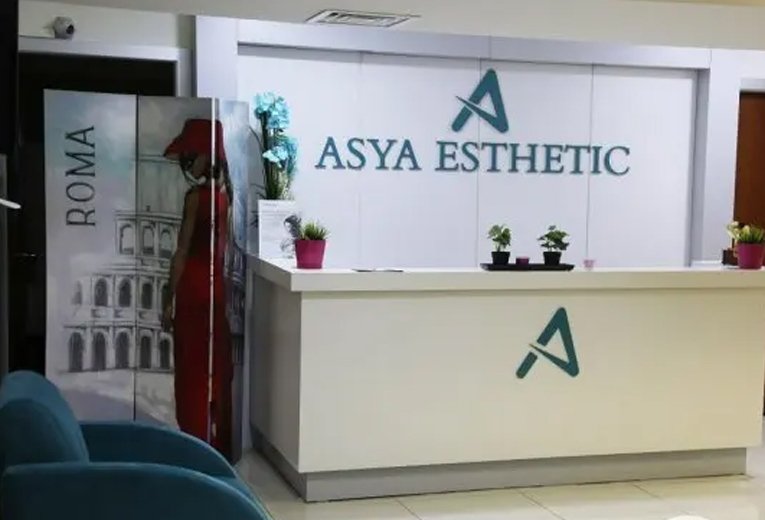The average cost of Stem Cell Therapy in Ankara approximately starts from USD 7000
Treatment cost

Types of Stem Cell Therapy in Guven Hospital and its associated cost
| Treatment Option | Approximate Cost Range (USD) | Approximate Cost Range (TRY) |
|---|---|---|
| Overall Stem Cell Therapy Cost | 7751 - 13796 | 236237 - 405129 |
| Autologous Stem Cell Therapy | 5729 - 9139 | 173076 - 269988 |
| Allogeneic Stem Cell Therapy | 7785 - 13211 | 232335 - 409292 |


Types of Stem Cell Therapy in Baskent University Istanbul Hospital and its associated cost
| Treatment Option | Approximate Cost Range (USD) | Approximate Cost Range (TRY) |
|---|---|---|
| Overall Stem Cell Therapy Cost | 7983 - 13737 | 241112 - 404790 |
| Autologous Stem Cell Therapy | 5513 - 9098 | 167198 - 271119 |
| Allogeneic Stem Cell Therapy | 7788 - 13648 | 237398 - 410567 |

Types of Stem Cell Therapy in Asya Hospital and its associated cost
| Treatment Option | Approximate Cost Range (USD) | Approximate Cost Range (TRY) |
|---|---|---|
| Overall Stem Cell Therapy Cost | 7092 - 12175 | 214888 - 366872 |
| Autologous Stem Cell Therapy | 5063 - 8094 | 152994 - 244524 |
| Allogeneic Stem Cell Therapy | 7102 - 12154 | 214555 - 367570 |
Two significant features set stem cells apart from other types of cells. They can proliferate spontaneously into new cells. That is, they renew themselves. And through a process called differentiation, they can develop into other types of cells with distinct functions. Almost all tissues in the body include stem cells. Additionally, they are required for both tissue maintenance and post-injury repair.
The stem cells can differentiate into various tissues depending on where they are located. Hematopoietic stem cells, for instance, are found in the bone marrow and can produce every type of blood cell. Furthermore, stem cells can develop into other cell types such as bone, muscle, brain, or heart cells.
Various types of stem cells exist. The most adaptable stem cells are embryonic stem cells since they can differentiate into any type of fetal cell. Most stem cells in the body are mostly found in tissues and organs, where they may only aid in tissue and organ maintenance and repair. They are less capable of proliferating into new cells. No other body cell possesses an inherent ability to differentiate into new cell types.
What are the different types of Stem cells?
What is the importance of Stem Cells?
The unique characteristics and potential uses of stem cells in research and therapy are the main reasons for their significance.
Depending on the specific objective, the kind of stem cells utilized, and the disease being treated, the process for using stem cells can differ significantly.
The length of time it takes to recover from stem cell operations varies based on the procedure type, the ailment being treated, and personal circumstances. Here is a broad summary of what could be involved in recovery:
Monitoring: Following a stem cell treatment, patients are frequently kept under constant observation in case there are any unanticipated side effects including bleeding, infection, or allergic reactions.
Rest and Observation: To allow for an initial period of healing following surgery, patients may need to refrain from intense activity and rest.
Pain management: Patients may feel pain at the location of administration or at the site where stem cells were taken (bone marrow or adipose tissue, for example). As needed, prescriptions for painkillers may be issued.
Other Symptoms: Patients may have symptoms associated with their underlying condition or the healing process, depending on the type of stem cell treatment being used and the condition being treated.
Short-term recovery: Depending on how invasive the treatment was and how well the patient is doing overall, patients may progressively regain strength and mobility in the days and weeks that follow a stem cell procedure.
Long-term recovery: It may take weeks or months for stem cell therapy to fully show its effects, especially in terms of tissue regeneration or improved disease outcomes. Usually, follow-up consultations with medical professionals are arranged to track improvement.
Rehabilitation: To accelerate healing, build muscle, and maximize functional results, physical therapy or rehabilitation activities may be suggested in specific situations.
Ask your healthcare adviser for the best multiple options and choose the one that meets your expectations
The minimum cost of Stem Cell Therapy in Ankara is about $7000. Stem Cell Therapy in Ankara is available across many hospitals in different states.
Stem Cell Therapy package cost in Ankara has different inclusions and exclusions. Some of the best hospitals for Stem Cell Therapy offer a comprehensive package that covers the end-to-end expenses related to investigations and treatment of the patient. The comprehensive Stem Cell Therapy package cost includes the cost of investigations, surgery, medicines and consumables. Post-surgical complications, new findings and delayed recovery may have an impact on the total Stem Cell Therapy cost in Ankara.
There are many hospitals across the country that offer Stem Cell Therapy to international patients. Some of the most renowned hospitals for Stem Cell Therapy in Ankara include the following:
Upon discharge from the hospital after Stem Cell Therapy in Ankara, the patients are advised to stay for about 14 days for recovery. This time frame is important to ensure that the surgery was successful and the patient is fit to fly back.
Ankara is one of the most popular cities for Stem Cell Therapy in the world. The country offers the best cost of Stem Cell Therapy, best doctors, and advanced hospital infrastructure. Some of the other destinations that are popular for Stem Cell Therapy include the following:
There are certain additional cost that the patient has to pay apart from the Stem Cell Therapy cost. These are the chanrges for daily meals and hotel stay outside the hospital. The extra charges may vary from 40 USD.
After Stem Cell Therapy surgery, the patient is supposed to stay for about 1 Days in the hospital for recovery and monitoring. This time frame is important for the patient to recover properly and feel comfortable after the surgery. With the help of several tests, it is determined that the patient is doing fine after the surgery and is okay to be discharged.
There are more than 1 Hospitals that offer Stem Cell Therapy in Ankara. These hospitals have propoer infrastructure as well as offer good quality of services when it comes to Stem Cell Therapy surgery. Also, these hospitals follow the necessary guidelines as required by the medical associations for the treatment of Stem Cell Therapy patients.
Some of the most sought after doctors for Stem Cell Therapy in Ankara are: